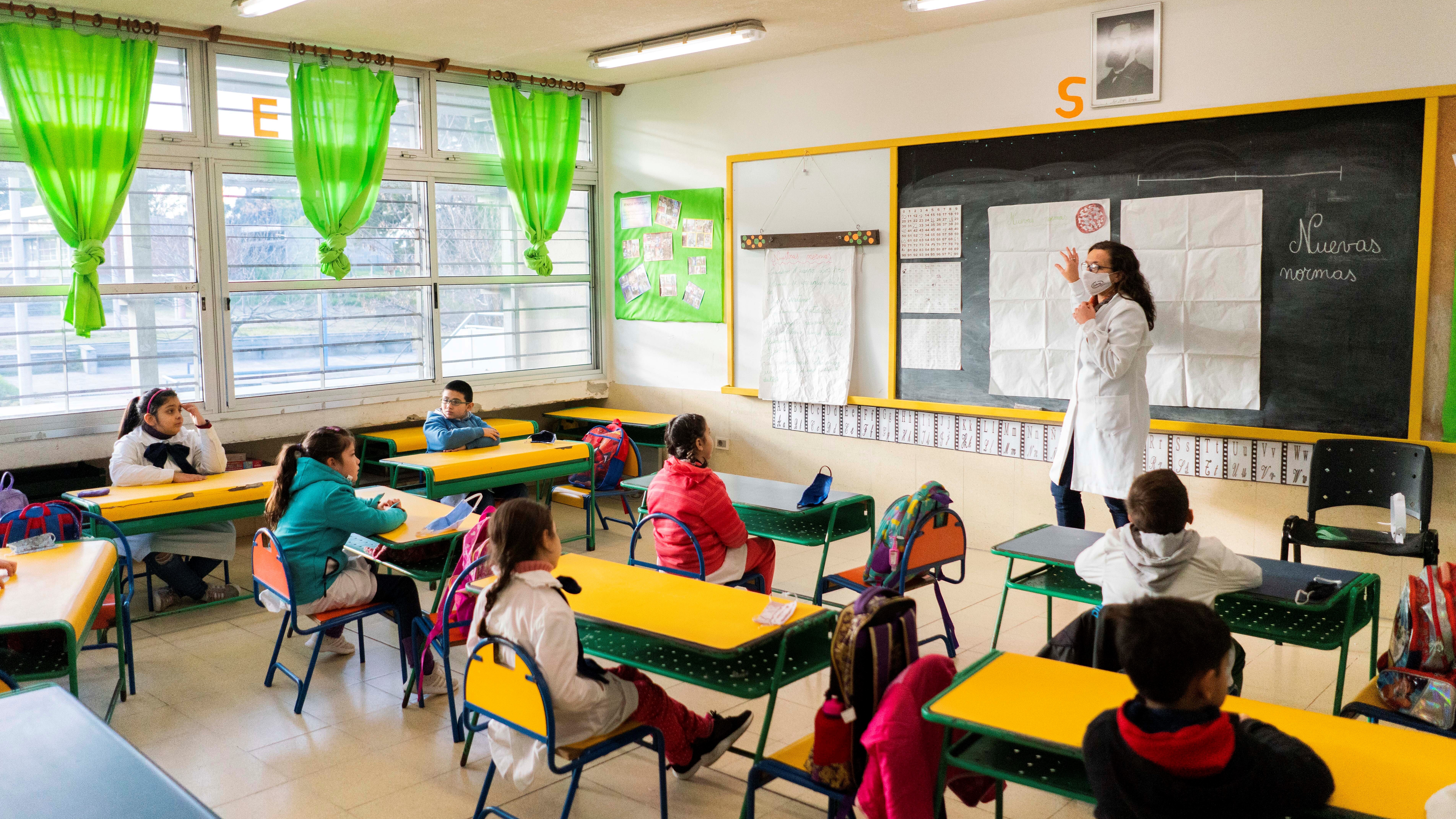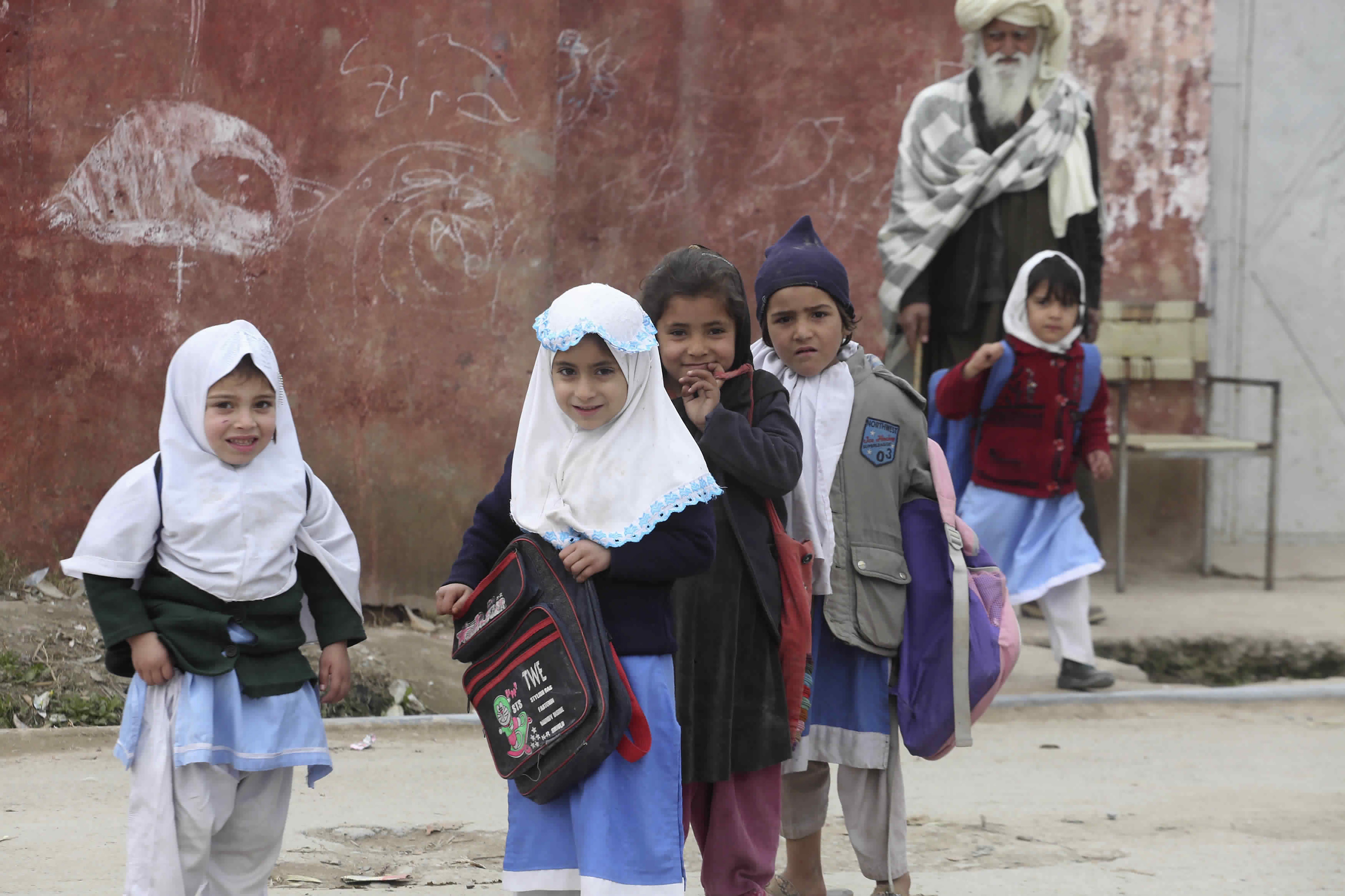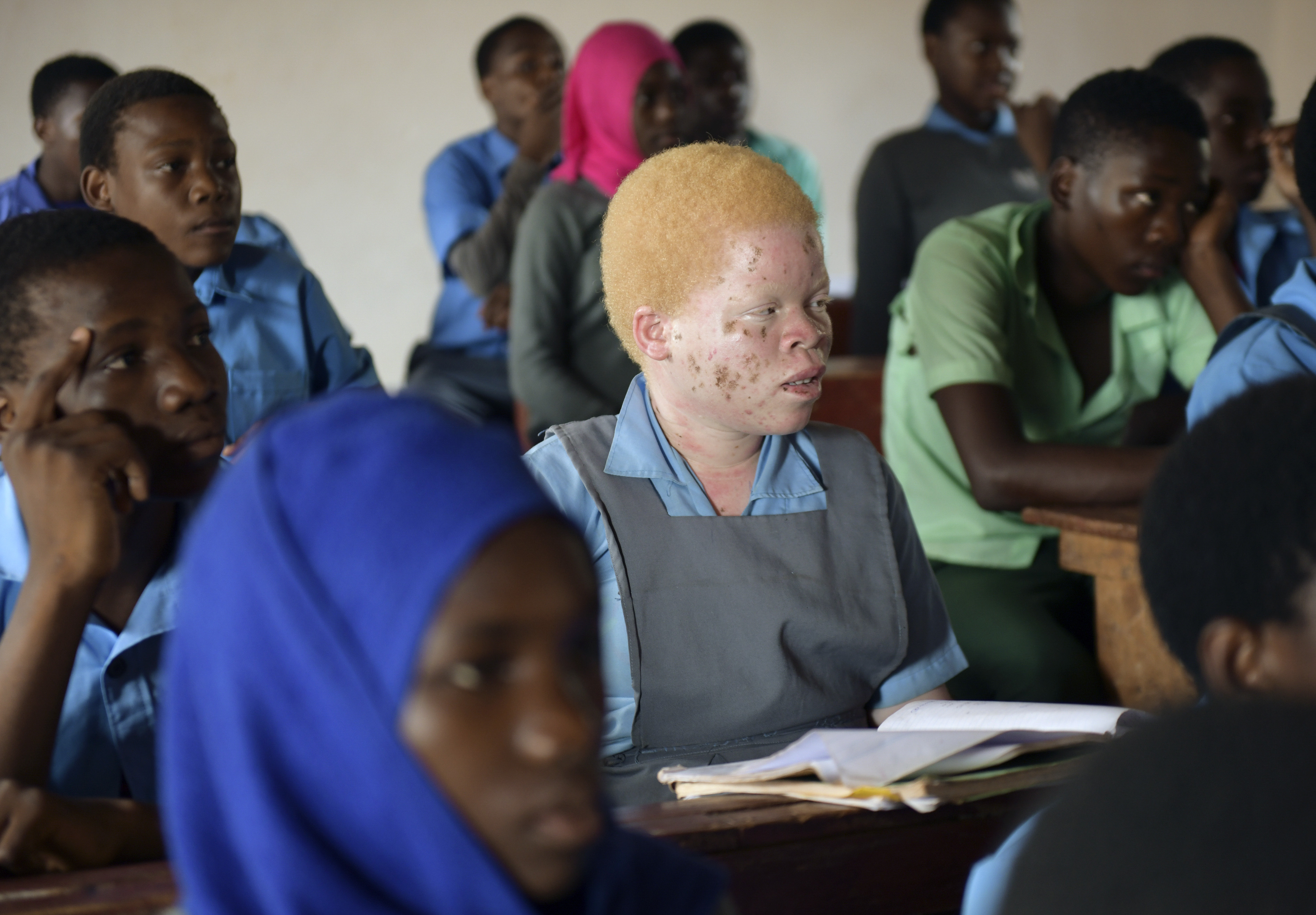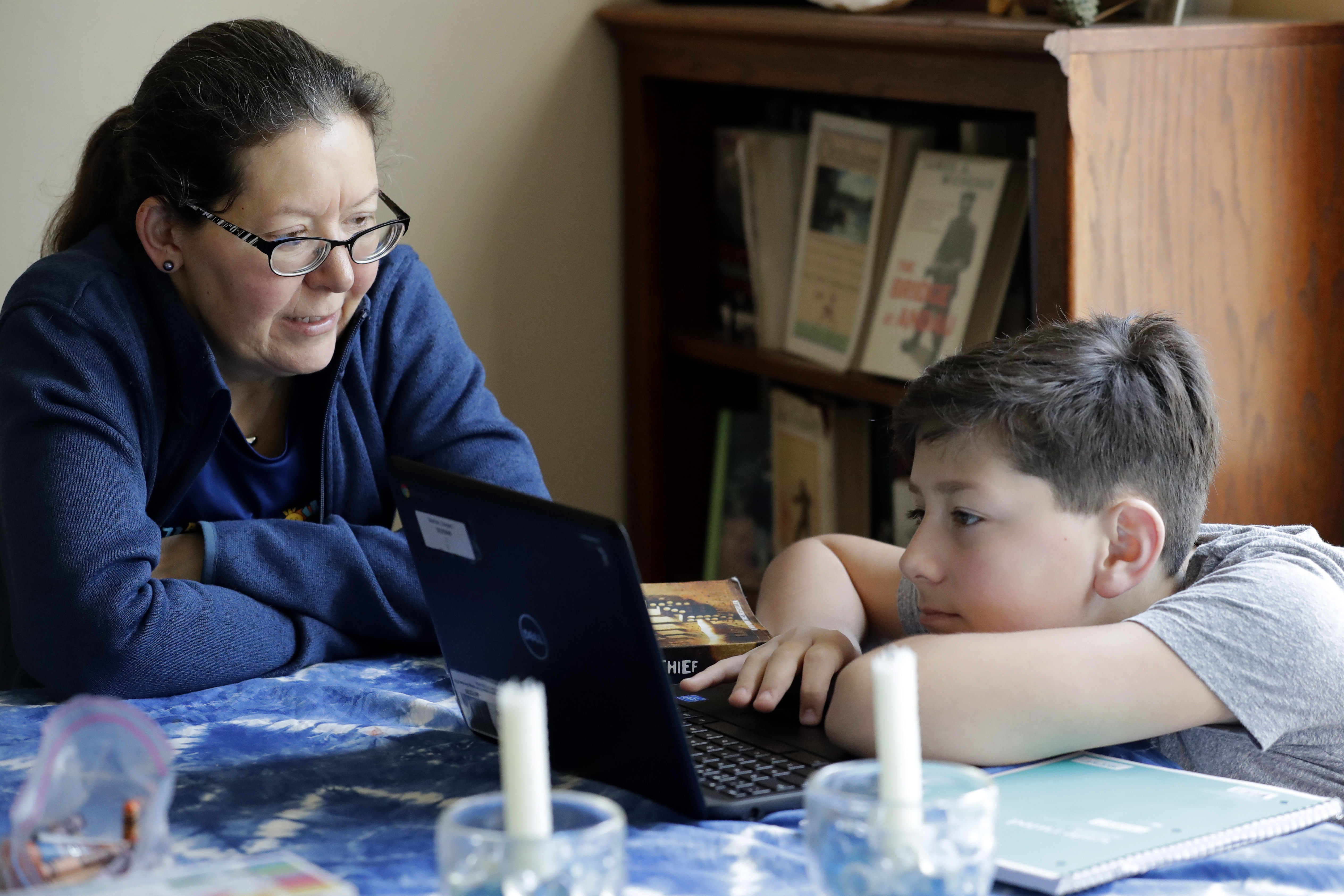
About 17 percent of children globally are not in school, whether because of poverty, gender, race, disability or a myriad other factors and despite international pledges to tackle such inequalities, according to a new UNESCO report. And with the COVID-19 epidemic closing schools and forcing children to learn away from the classroom, these problems are likely to get worse.
Global inequalities remain
Worldwide, some 258 million children and adolescents, or about 17 percent of the total, are not in school, according to UNESCO's Global Education Monitoring (GEM) Report, released on Tuesday, which this year focused on inclusion in education.
The total number has dropped steadily since the 1990s but still hides broad inequalities, with 31 percent of children in sub-Saharan Africa out of school, compared to 3 percent in Europe and North America.
Behind these imbalances were the usual suspects.
**Wealth: **While almost all students in high- and upper-middle-income countries completed primary school and more than 84 percent finished lower secondary school, in low-income countries the numbers were just around 56 and 28 percent, the GEM report found.
Even just in low- and middle-income countries, teenagers from the richest 20 percent of households were three times more likely to finish high school than those from the poorest 20 percent, the report noted.
**Gender: **Girls continue to be disadvantaged when it comes to education, especially when combined with poverty. In a quarter of low-income countries, for every 100 boys, less than 87 girls went to primary school, and fewer than 60 to upper secondary school.
A sample of 20 countries – mostly in sub-Saharan Africa, but also including Pakistan, Haiti and Papua New Guinea – found that while the number of girls who completed high school was already low, it dropped to near zero if they were poor and from a rural community.

Afghan refugee schoolgirls leave their school in the Kabobayan refugee camp, Peshawar, Pakistan, February 13, 2020. /AP
**Race, ethnicity: **Studies have found Roma children in Europe were disproportionately diagnosed with intellectual disabilities and sent to special schools, where they were taught a simplified curriculum.
In Latin America, Afro-descendants, whose ancestors were brought over as slaves, were less likely to attend school or finish high school than non-Afro-descendants, with stereotypes and racism even included in learning materials.
**Disability: **Children with disabilities were "particularly at risk of exclusion from education," the GEM report noted. In about 25 percent of countries, laws called for them to be educated in separate facilities, rather than integrated in the school system. In Asia, Latin America and the Caribbean, over 40 percent of countries had such policies. The report also cited examples of parents in well-off societies who said they feared their child would fall behind if placed in the same class as a child with disabilities.
Meanwhile, in countries with inclusive classrooms, teachers who were not specially trained and a one-size-fits-all curriculum often left students with disabilities struggling.
**Other forms of discrimination: **In sub-Saharan Africa, the report noted that children with albinism, who may have poor eyesight, got little support and many failed to complete primary school, with some teachers reportedly even afraid to teach them. In some Gulf states, stateless children, who have no recognized nationality, cannot enroll in public schools. Two African nations ban pregnant girls from attending school.
Meanwhile, in OECD countries, two thirds of immigrant students went to schools where the majority of pupils were also immigrants, often resulting in non-immigrant parents moving their children elsewhere.
Along with language barriers and other obstacles, these "layers of discrimination deny students the right to be educated with their peers or to receive education of the same quality," the UNESCO report noted.

Mina Godfrey, a 17-year-old girl with albinism, attends class at the Nsanjama 2 Private Primary School in Zomba, Malawi, February 10, 2020. /AP
The impact of COVID-19
The current pandemic has only made things worse. Around the world, school closures have created new challenges for teachers, students and parents. But for at-risk students, the virus has compounded existing issues.
Among other things, it has highlighted the digital divide. Only about 12 percent of households in the least developed countries have access to the internet at home. Even in OECD countries, five percent of all students, and 10 percent of those in disadvantaged schools, do not have a home internet connection.
Low-income countries have resorted instead to radio and television broadcasts to assist learning, but even there, only a fraction of the poorest households own an apparatus – such as in Ethiopia, Nepal, Yemen or Guatemala.
Several studies have shown children from low-income families struggling to find time and a quiet place to study, or to get help from parents and relatives with little education themselves.
Meanwhile, students with disabilities have faced additional challenges. Those with autism spectrum disorders, who rely on routine, have seen their lives turned upside down. Blind or deaf students may not be able to use online resources. Children with attention deficit hyperactivity disorder will struggle to learn on their own.
"The COVID-19 crisis has shown that the issue is not just about technical solutions to tackle the digital divide. Although distance learning has captured many headlines, only a minority of countries have the basic infrastructure to focus on the pedagogical challenges of online approaches to teaching and learning," the GEM report noted.

Sarah Marton, para-professional at Niles Township District for Special Education, left, talks with her son Cooper, while he does school work on his computer at his home in Chicago, March 17, 2020. /AP
What the epidemic has done is precipitate an "education crisis." The inequalities mentioned in the report "have long existed, (but) many were obscured in classrooms. Lockdowns and school closures suddenly brought them into sharp relief."
"Overall, the setback on learning is expected to be considerable," it predicted.
A call to action
UNESCO Director-General Audrey Azoulay in a foreword said the report was "a call to action." Too little data is still available to determine where students are falling through the cracks and why, and new policies are needed to ensure that education is fully inclusive and nobody gets left behind.
"Education opportunities continue to be unequally distributed. Barriers to quality education are still too high for too many learners. Stigma, stereotypes and discrimination mean millions more are further alienated inside classrooms," said Azoulay.
With 90 percent of school children and students worldwide affected by school closures since the start of the epidemic, "the current crisis will further perpetuate these different forms of exclusion," she noted, describing it as "the most unprecedented disruption in the history of education."
"Social and digital divides have put the most disadvantaged at risk of learning losses and dropping out. Lessons from the past... have shown that health crises can leave many behind, in particular the poorest girls, many of whom may never return to school," she warned.
(Cover: A teacher talks to her class on the first day back to school after the lockdown in Montevideo, Uruguay, June 15, 2020. /AP)
 简体中文
简体中文



